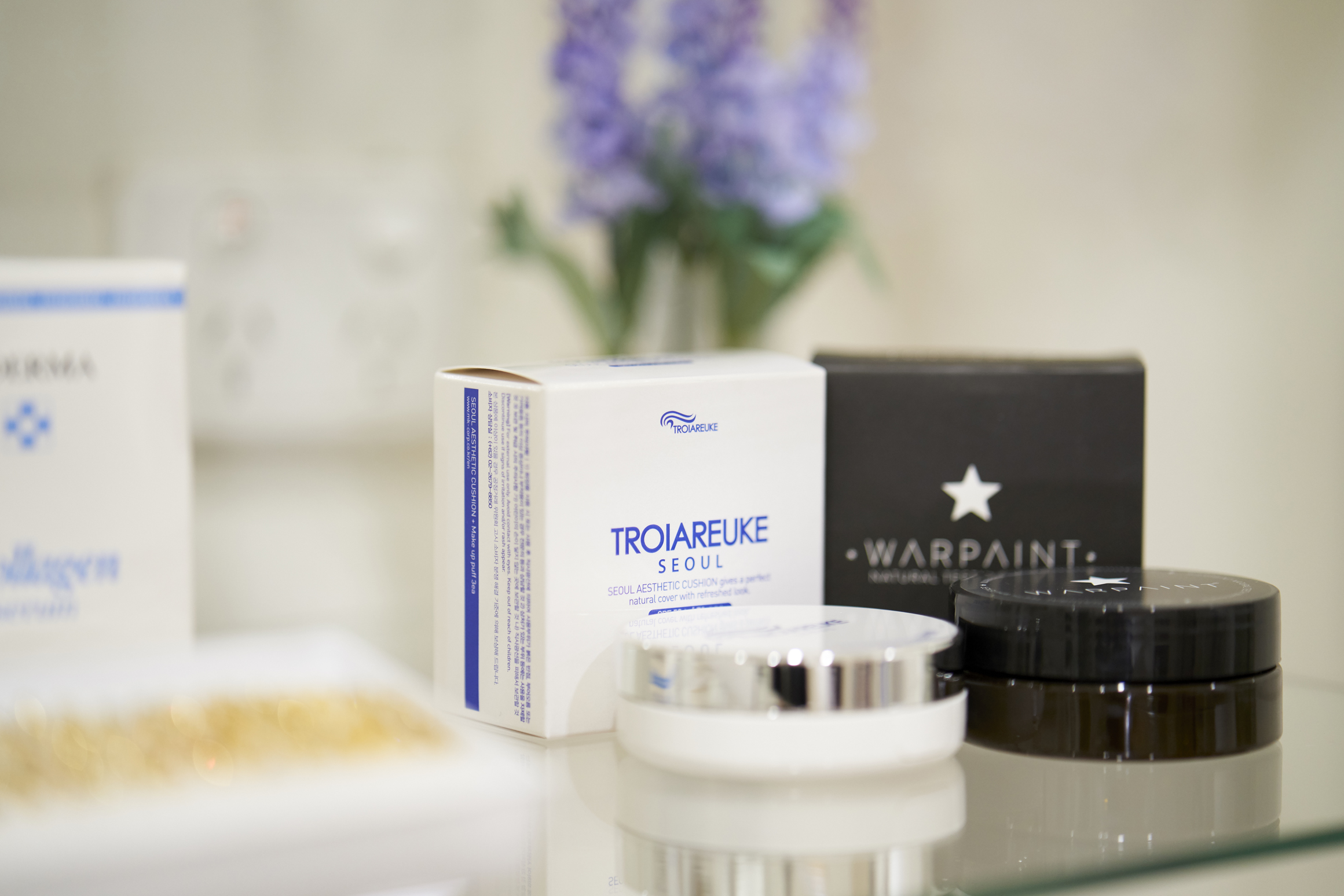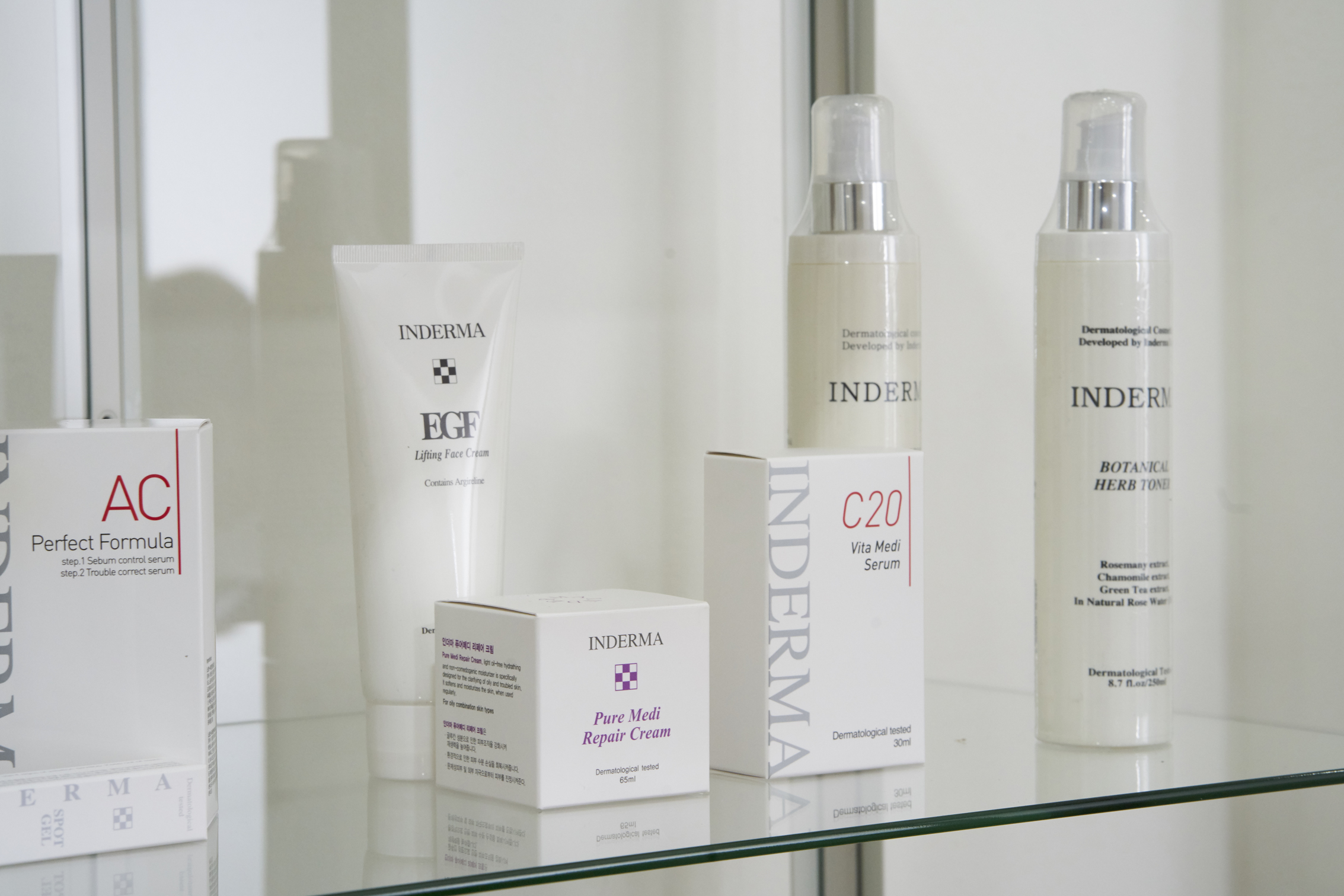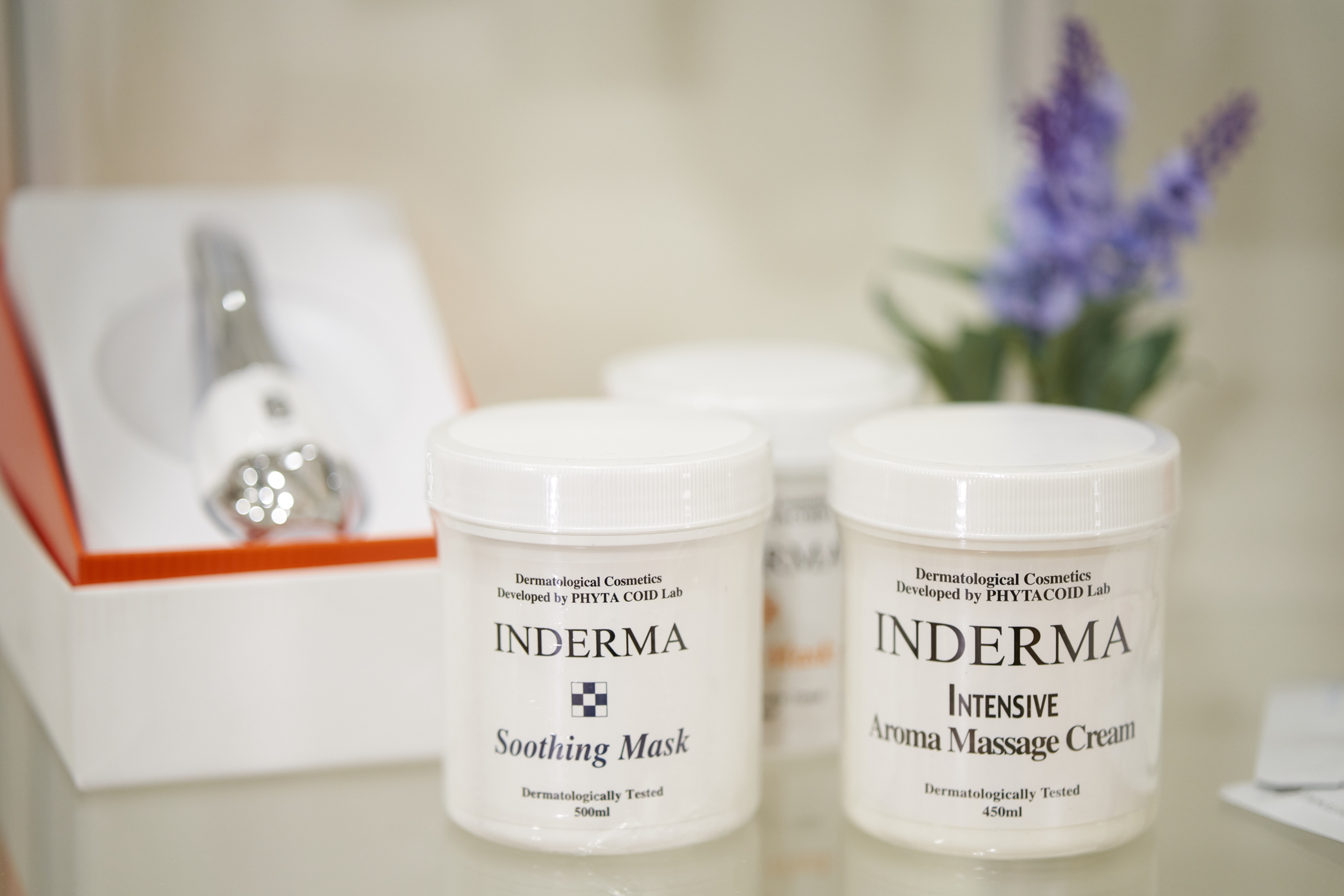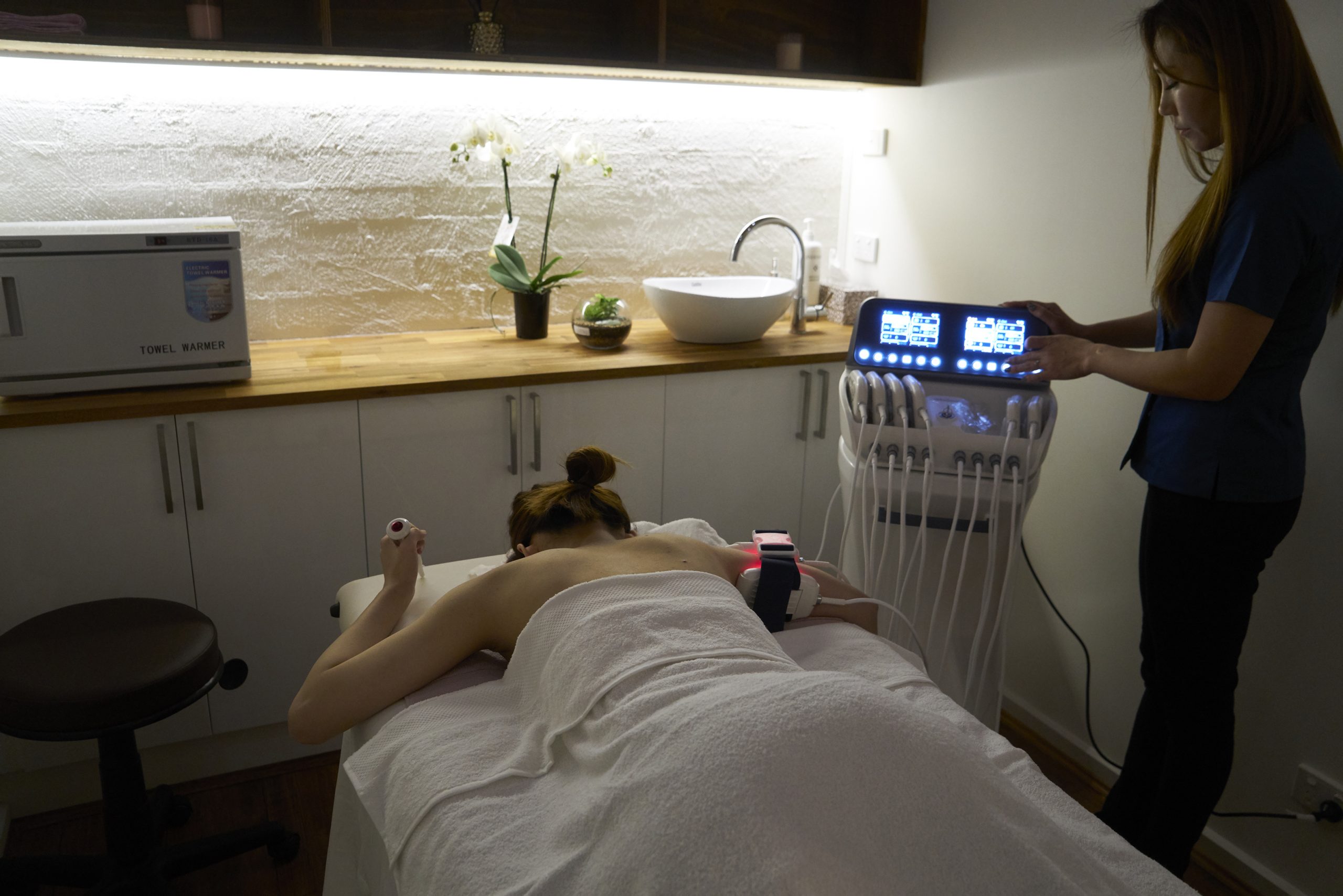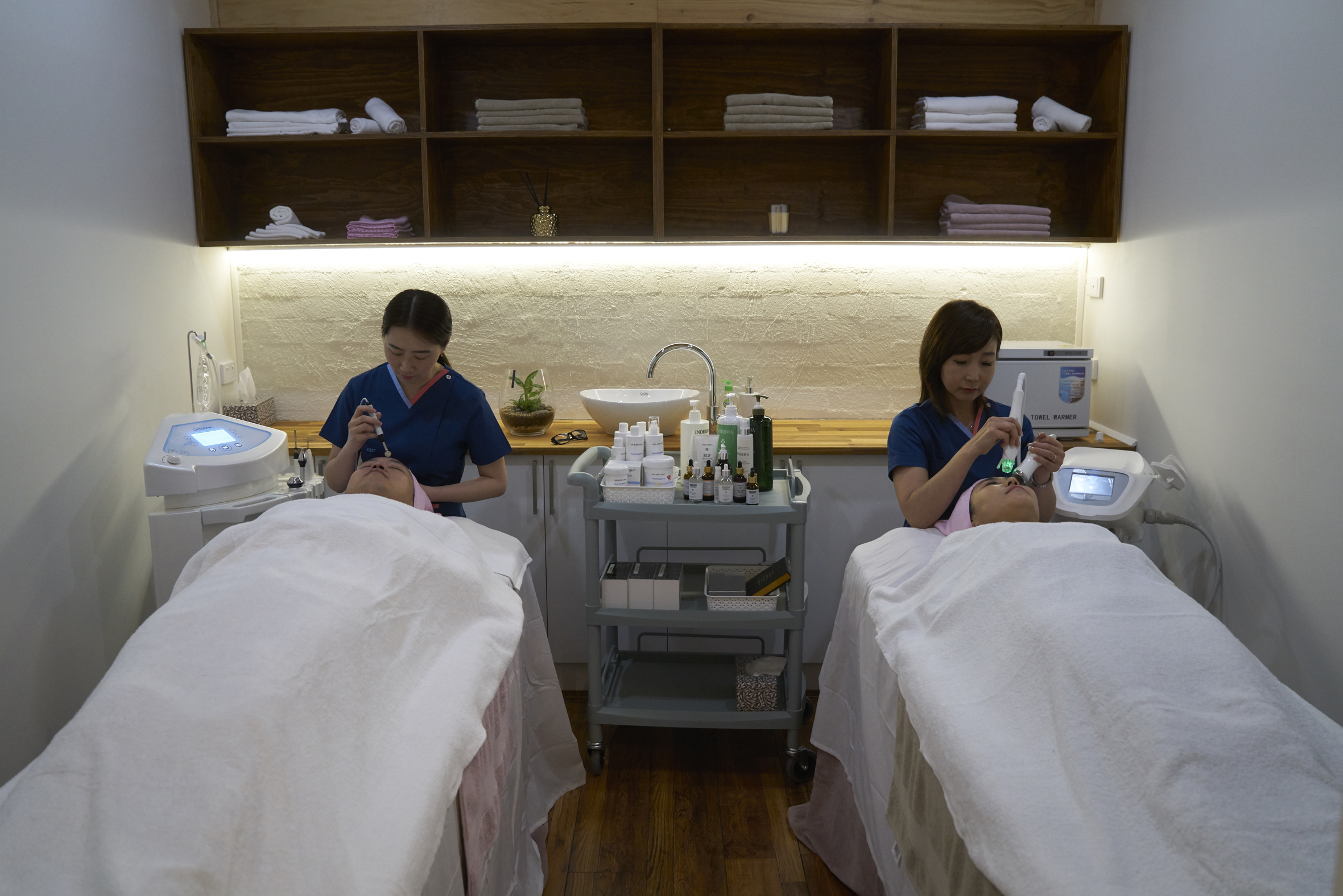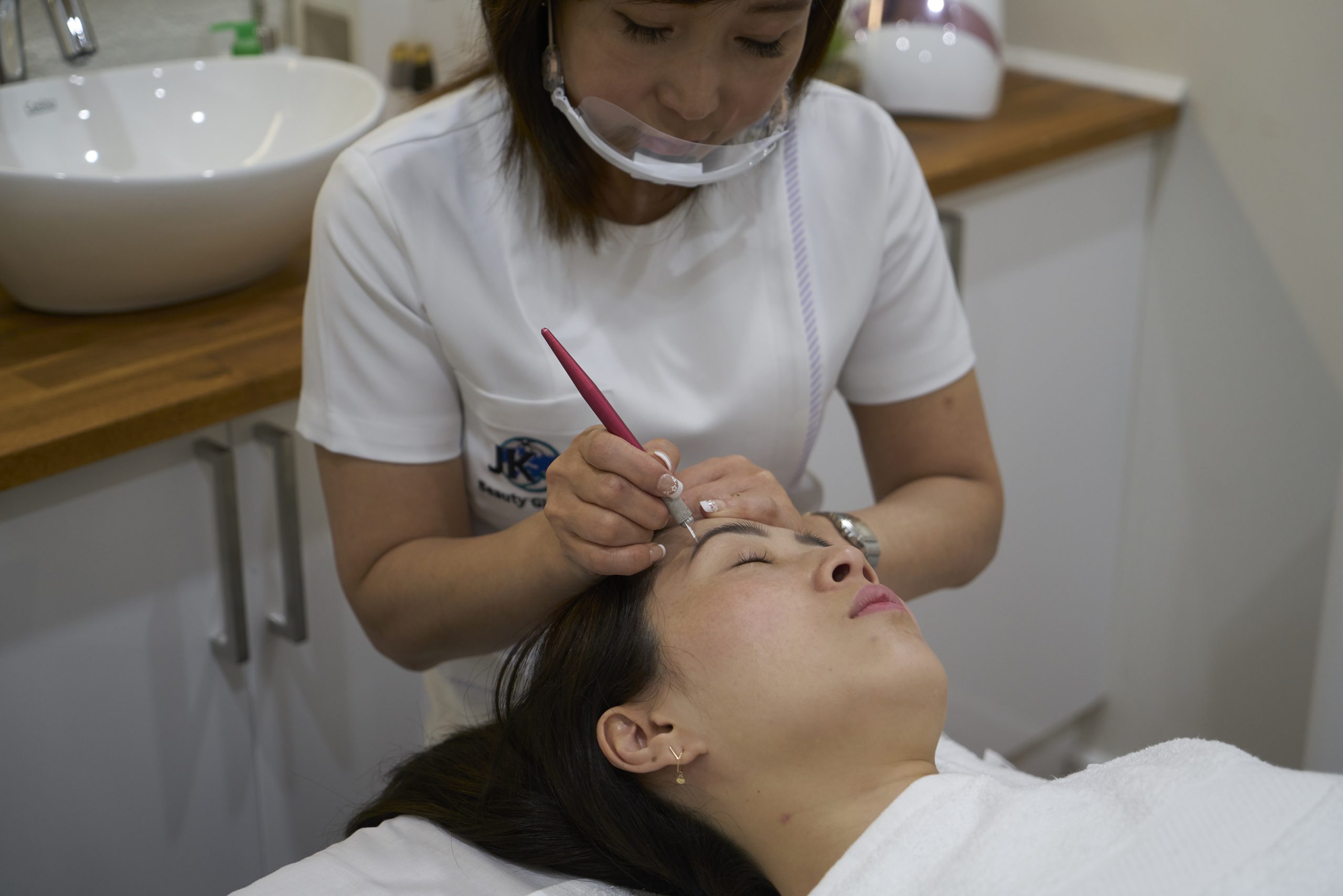A few days ago, a customer asked a question about LED light therapy after receiving the treatment as a Pico toning laser post-procedure care.
‘How is this light good for my skin?’ ‘My light bulb is all LED. Then, is LED light bulb good for my skin?” Thanks to the customer who asked me this interesting question, this week’s content will on this topic.
The effectiveness of LED light therapy, which was only available at dermatological hospitals after laser treatment or peeling, has been verified in recent years.
Most of the LED rays used for skin care are near-infrared rays. Near-infrared rays can produce desired wavelengths using LEDs, while other wavelengths of LEDs can have a different effect.
Near-infrared radiation was originally studied by NASA in the United States for phototherapy for astronauts, and is now used as a medical device in the medical community.
Why is it near-infrared?
The reason is that it has more than 12 times higher penetration than far-infrared rays. When light penetrates into the skin, it promotes enzyme activity in cells. You’ve heard of the mitochondria of biology in school, right?
Mitochondria are energy plants in our bodies. When these cells become active, the body becomes energized. Near-infrared rays help the regeneration of mitochondria.
Patients with near-infrared rays have been proven to recover faster and reduce pain than far-infrared rays, so hospitals have recently been using near-infrared treatments for physical therapy. The process of basking in red light, which you may have received at least once, is far infrared or near infrared treatment.
However, this near-infrared ray is also used in dermatological procedures after research verification that it is effective for skin beauty. It not only helps improve troubled skin such as acne and atopic dermatitis, but also helps prevent skin aging by penetrating the dermal layer. When near-infrared rays penetrate the skin, cells are activated, and old dead skin cells or wastes from the epidermis are released and new skin cells are raised in the process. When skin cells are newly regenerated, the skin can have an overall effect, such as wrinkles, freckles, blemishes, redness, and pore reduction. In addition, the blue light of near-infrared rays has a sterilizing effect, which inhibits troubled skin such as acne.
